Slip Disc: Types, Risk Factors, and Treatment, Explained By The Best Spine Specialist In Surat
A slipped disc, also known as a herniated disc or prolapsed disc, is a common spinal condition that affects millions of people worldwide. It can cause significant discomfort, restrict mobility, and impact your overall quality of life if left untreated. This blog post from the best hospital in Surat, SIDS Hospital, explores the types of slipped discs, the risk factors associated with the condition, and the available treatment options to help you better understand and manage this spinal issue.
Understanding a Slip Disc
Your spine is composed of a series of bones (vertebrae) cushioned by discs that act as shock absorbers, allowing flexibility and preventing the vertebrae from grinding against each other. Each disc consists of a tough outer layer (annulus fibrosus) and a soft, gel-like center (nucleus pulposus). A slipped disc occurs when the inner gel-like material pushes through a tear or weak spot in the outer layer. This can press on nearby nerves, causing pain, numbness, or weakness in the affected area.
Slipped discs can occur in any part of the spine but are most common in the lower back (lumbar spine) and, less frequently, in the neck (cervical spine). The symptoms and severity of a slipped disc depend on the location and the extent of the nerve compression.
Types of Slip Disc
Slipped discs are categorized based on their location and the degree of herniation, explain the best spine specialists in Surat. The most common types include:
- Cervical Herniated Disc
This occurs in the neck (cervical spine) and can cause pain in the shoulders, arms, or hands. It may also lead to numbness, tingling, or weakness in the upper extremities. - Thoracic Herniated Disc
Although rare, a herniated disc can occur in the upper or mid-back (thoracic spine). Symptoms might include radiating pain around the chest or abdomen. - Lumbar Herniated Disc
This is the most prevalent type of slipped disc and occurs in the lower back. It often causes sciatica — pain radiating down the legs due to compression of the sciatic nerve. Other symptoms include weakness, numbness, or tingling in the legs and feet. - Bulging Disc vs. Herniated Disc
Sometimes, people confuse a bulging disc with a herniated disc. A bulging disc occurs when the disc protrudes out of its normal boundary but does not rupture. It can eventually progress into a herniated disc if untreated.
Risk Factors for Slip Disc
Several factors increase the likelihood of developing a slipped disc, including:
- Age
As we age, the spinal discs lose water content, becoming less flexible and more prone to tears or ruptures. - Excess Weight
Carrying extra weight puts additional stress on the spine, particularly the lower back, increasing the risk of a slipped disc. - Occupational Hazards
Jobs involving repetitive lifting, pulling, pushing, or twisting motions can strain the spine, making individuals more susceptible to herniated discs. - Sedentary Lifestyle
Lack of physical activity weakens the muscles supporting the spine, raising the chances of disc herniation. - Smoking
Smoking reduces blood flow to the spinal discs, leading to faster degeneration and reduced healing capacity. - Genetic Predisposition
A family history of spinal disorders may increase the risk of developing a slipped disc. - Trauma or Injury
Accidents, falls, or sudden impacts can lead to disc damage, especially in individuals with already weakened spinal structures.
Treatment Options for Slip Disc
“Fortunately, a slipped disc can be effectively managed with the right treatment”, share the best spine specialists in Surat. Options range from conservative approaches to surgical intervention, depending on the severity of the condition.
1. Conservative Treatments
Most cases of slipped discs resolve with non-invasive measures, including:
● Rest and Lifestyle Modifications
Avoiding activities that worsen symptoms can help reduce strain on the affected area. Adopting good posture and ergonomic practices can prevent further damage.
● Physical Therapy
A physical therapist can guide you through exercises to strengthen the muscles around the spine, improve flexibility, and relieve pressure on the nerves.
● Pain Management
Over-the-counter medications like ibuprofen or acetaminophen can alleviate pain. For severe cases, a doctor might prescribe muscle relaxants, corticosteroids, or nerve pain medications.
● Heat and Ice Therapy
Alternating between heat and ice packs can reduce inflammation and provide temporary relief.
2. Minimally Invasive Procedures
If conservative treatments fail, the following procedures might be recommended:
● Epidural Steroid Injections
Injecting corticosteroids near the affected nerve can reduce inflammation and alleviate pain.
● Percutaneous Discectomy
A minimally invasive procedure where a small portion of the herniated disc is removed to relieve pressure on the nerve.
3. Surgical Options
In severe cases where nerve compression leads to significant pain, weakness, or loss of bladder/bowel control, surgery may be necessary:
● Microdiscectomy
This is the most common surgery for slipped discs, where the surgeon removes the portion of the disc pressing on the nerve.
● Spinal Fusion
In rare cases, spinal fusion might be performed to stabilize the spine after disc removal.
Preventing a Slip Disc
While some risk factors, such as age or genetics, cannot be controlled, there are steps you can take to reduce your chances of developing a slipped disc:
● Maintain a healthy weight.
● Stay active with regular exercise to strengthen your core and back muscles.
● Practice good posture while sitting, standing, or lifting heavy objects.
● Avoid smoking, as it accelerates disc degeneration.
Conclusion
A slipped disc can be painful and debilitating, but with proper understanding, prevention, and treatment, it is a manageable condition. If you suspect you have a slipped disc or are experiencing chronic back pain, consult doctors at the best hospital in Surat, SIDS Hospital, for an accurate diagnosis and tailored treatment plan. Taking proactive steps toward spinal health can ensure a pain-free, active lifestyle for years to come.


 Book Appointment
Book Appointment.png) Video Consultation
Video Consultation









